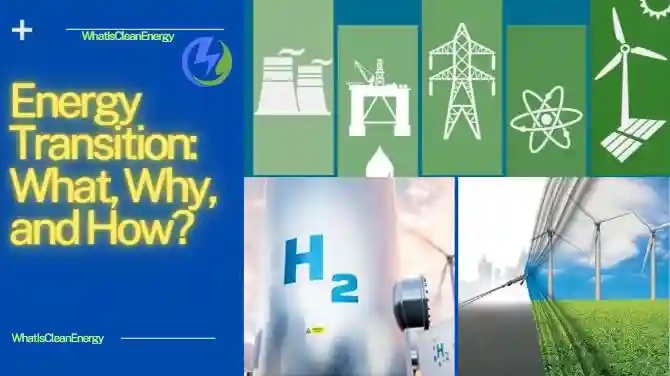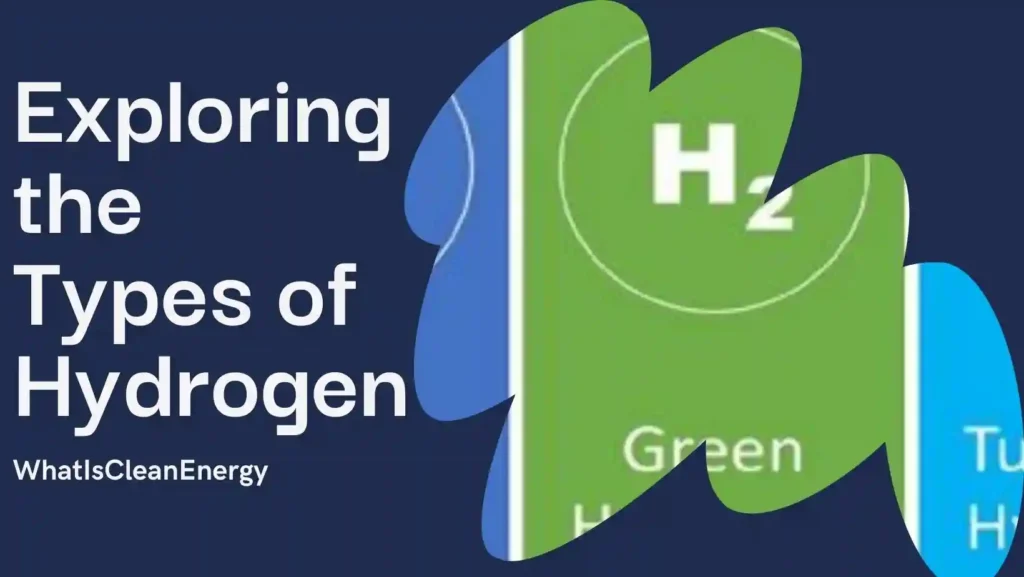Hydrogen is a clean and versatile energy carrier that can be used for various applications, such as transportation, power generation, and industrial processes. However, not all hydrogen is created equal. Depending on how it is produced, hydrogen can have different environmental impacts and costs. In this article, we will compare two types of hydrogen: blue vs grey hydrogen.
What is Grey Hydrogen?
Grey hydrogen is the most common and cheapest form of hydrogen. People make it from natural gas, or methane, by using a method called steam reforming. In this process, they heat natural gas with steam at high temperatures and pressures to create hydrogen and carbon dioxide (CO2). They release the CO2 into the atmosphere, which adds to global warming.
Grey hydrogen accounts for about 95% of the global hydrogen production. However, it is also the most carbon-intensive type of hydrogen, emitting about 9-12 kg of CO2 per kg of hydrogen.
What is Blue Hydrogen?
Blue hydrogen is a low-carbon alternative to grey hydrogen. It is produced in the same way as grey hydrogen but with an additional step: carbon capture and storage (CCS). CCS is a technology that captures the CO2 produced during steam reforming and stores it underground or uses it for other purposes, such as enhanced oil recovery or chemical production.
Blue hydrogen is sometimes referred to as carbon-neutral, as the emissions are not dispersed in the atmosphere. However, some argue that “low-carbon” would be a more accurate description, as 10-20% of the generated carbon cannot be captured. Moreover, blue hydrogen still relies on natural gas, which can leak methane, a potent greenhouse gas, during extraction and transportation.
Blue vs Grey Hydrogen: Comparison Table
The following table summarizes some of the key differences between blue and grey hydrogen:
| Aspect | Blue Hydrogen | Grey Hydrogen |
|---|---|---|
| Production Process | Steam reforming of natural gas with CCS | Steam reforming of natural gas without CCS |
| Carbon Emissions | Low (0.7-3.7 kg CO2/kg H2) | High (9-12 kg CO2/kg H2) |
| Cost | Moderate ($1.4-2.4/kg H2) | Low ($0.9-1.6/kg H2) |
| Availability | Limited (few CCS projects) | Abundant (95% of global production) |
Expert Tips for Blue vs Grey Hydrogen
Here are some tips on how to use blue and grey hydrogen wisely:
- Blue hydrogen can be a transitional solution to decarbonize some sectors that are hard to electrify, such as heavy industry and long-distance transport. However, it should not be seen as a long-term option. It still depends on fossil fuels and has higher costs than renewable alternatives.
- We should phase out grey hydrogen as soon as possible because it significantly harms the climate. We should replace it with green hydrogen, produced from water using renewable electricity like wind or solar power.
- Consumers should be aware of the origin and quality of the hydrogen they use or buy. There should be clear standards and labels to distinguish between different types of hydrogen and their environmental performance.
Conclusion
Blue hydrogen and grey hydrogen are two types of hydrogen that are produced from natural gas using steam reforming. The main difference between them is that blue hydrogen uses CCS to reduce its carbon emissions, while grey hydrogen does not. Blue hydrogen is a low-carbon alternative to grey hydrogen, but it still has some drawbacks, such as higher costs and reliance on fossil fuels. Therefore, blue hydrogen should be used as a transitional solution until green hydrogen becomes more widely available and affordable. Green hydrogen is the ultimate goal for a clean energy future with hydrogen.
Sources & Further References
Learn more:
1. weforum.org 2. yaleclimateconnections.org 3. spectra.mhi.com 4. relationshipbetween.com 5. nationalgrid.com




